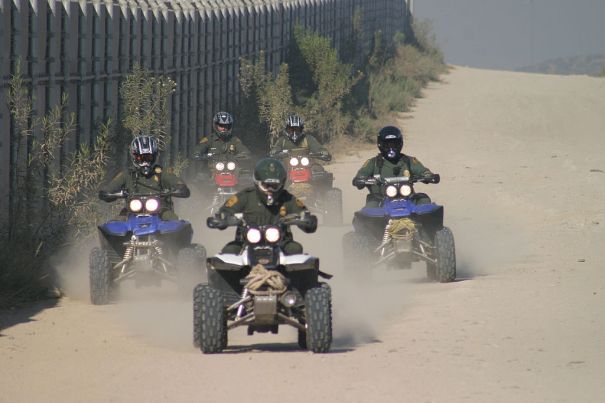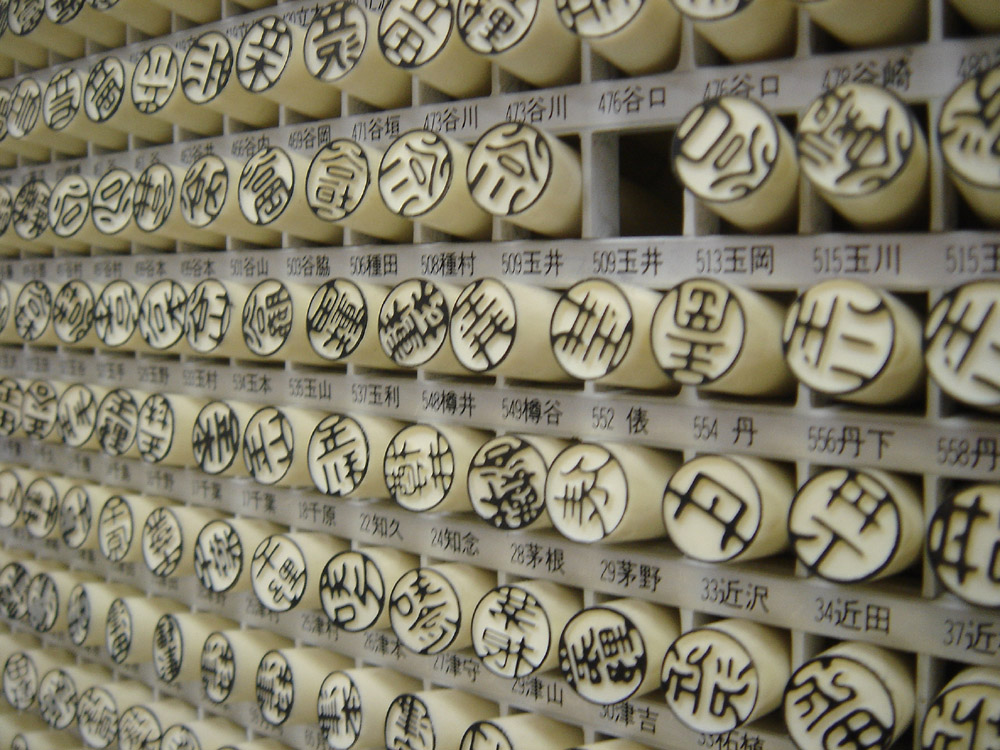Branko Milanovic wrote a good article about global inequality measures which ends with an examination of the pressures for immigration.
if you classify countries by their GDP per capita level into four ‘worlds’, going from the rich world of advanced nations (with GDPs per capita of over $20,000 per year) to the poorest, fourth, world (with incomes under $1,000 per year), there are seven points in the world where rich and poor countries are geographically closest to each other – whether it is because they share a border, or because the sea distance between them is minimal. You would not be surprised to find out that all seven of these points have mines, boat patrols, walls and fences to prevent free movement of people. The rich world is fencing itself in, or fencing others out. But the pressures of migration are remaining strong, despite the current crisis, simply because the differences in income levels are so huge. I conclude with something that resembles a slogan: either poor countries will become richer, or poor people will move to rich countries.
The seven examples he lists are five land borders:
US – Mexico
Greece – Macedonia (or Albania)
Saudi Arabia – Yemen
South Korea – North Korea
Israel – Palestine
And two water borders that are cheap to cross:
Spain – Morocco
Malaysia/Singapore – Indonesia
Hong Kong is another one of these borders even though it is legally the same country as China, in practice, there is a border fence and Hong Kong operates very separately from China.
But there are many more nations spending billions of dollars building enormous walls to keep out poorer neighbors.
Wikipedia has a list with some surprising examples. For example, India has by far the biggest anti-immigration infrastructure project in the world even though India is the world’s largest net exporter of people. India had the
biggest net emmigration in the world in 2012, and at the same time, India was spending billions of dollars trying to keep more people from coming in. India is working on over 5,000 kilometers of fencing. This is not much shorter than the
Great Wall of China.
UPDATE 2015/02/26: Welcome Branko Milanovic Twitter followers. Wow are you guys an international bunch. When other Americans like Brad Delong or Forbes have linked to my site, I have mostly gotten US readers. Branko’s followers are from all over the globe and only about 15% from the US so far. Is that due to World Bank connections?
I’ll add a couple pictures of two high-inequality borders I have crossed. If I were more ambitious (or wealthier) I would put it on my bucket list to cross all of the borders that Branko listed because they are fascinating places.
The Spain-Morocco border is partly a water border and partly a land border. Spain controls two cities on the coast of Africa where immigrants are constantly trying to cross over the fence into what is legally a part of the European Union. In 2005,
13-18 people were killed by police and over 50 injured during a single day of attempted border crossings into Ceuta. People die attempting to cross into Spanish territory every year. Here is a picture of the Morocco-
Spain land border at Melila:

Morocco also has an an
approximately 2,700 km-long wall to keep undesirables out on its other border too, so most immigrants to Spain also have to sneak into Morocco before they can try to sneak into Europe.
 Morocco also has an an approximately 2,700 km-long wall to keep undesirables out on its other border too, so most immigrants to Spain also have to sneak into Morocco before they can try to sneak into Europe.
Morocco also has an an approximately 2,700 km-long wall to keep undesirables out on its other border too, so most immigrants to Spain also have to sneak into Morocco before they can try to sneak into Europe.















Leave a Comment